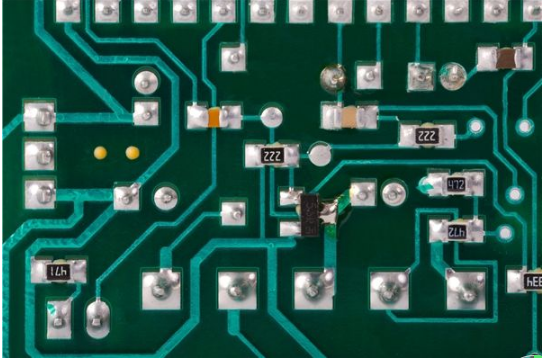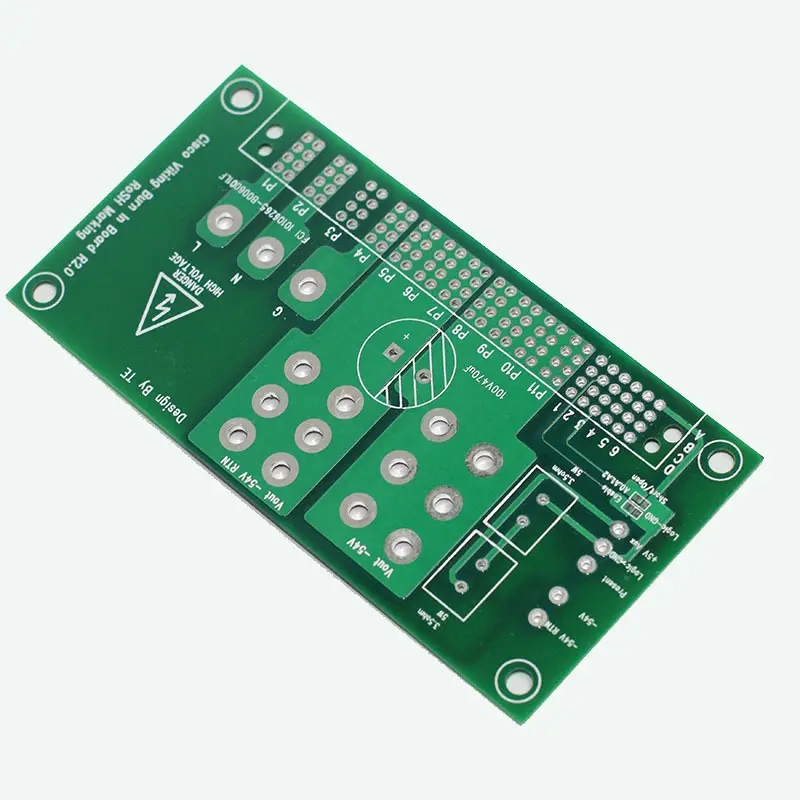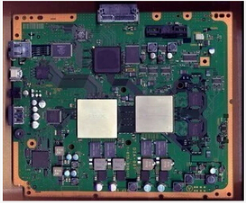
In PCB applications, we often compare the crystal oscillator to the heart of the digital circuit. This is because all the work of the digital circuit can not be separated from the clock signal. The crystal oscillator directly controls the entire system. If the crystal oscillator does not operate, the entire system will be paralyzed. Therefore, the crystal oscillator is a prerequisite for the start of the digital circuit.
The crystal oscillator we often say is a quartz crystal oscillator and a quartz crystal resonator, both of which are made by using the piezoelectric effect of quartz crystal. Applying electric field to the two electrodes of quartz crystal will cause mechanical deformation of the crystal. On the contrary, applying mechanical pressure on both sides of the crystal will generate electric field on the crystal. Moreover, these two phenomena are reversible. Taking advantage of this feature, if alternating voltage is applied on both sides of the crystal, the chip will generate mechanical vibration and alternating electric field at the same time. This kind of vibration and electric field are generally small, but at a certain frequency, the amplitude will increase significantly, which is called piezoelectric resonance, similar to the LC circuit resonance that we often see.

PCB design
Due to the importance of crystal oscillator in digital circuits, we need to be careful when using and:
1. There are quartz crystals inside the crystal oscillator, which are easy to be broken and damaged when impacted or dropped from the outside, thus causing the crystal oscillator to fail to vibrate. Therefore, reliable installation of the crystal oscillator should be considered when designing PCB circuits, and its location should be placed close to the CPU chip and away from the board edge.
2. Pay attention to the welding temperature during manual welding or machine welding. The crystal oscillator is sensitive to temperature. The temperature should not be too high during welding and the heating time should be as short as possible
3. The coupling capacitor shall be placed as close as possible to the power supply pin of the crystal oscillator, in the order of placement: according to the incoming direction of the power supply, the capacitance value shall be placed in order from large to small, and the capacitance with the smallest capacitance value shall be placed closest to the power supply pin.
4. The shell of the crystal oscillator must be grounded, which can not only radiate outward from the crystal oscillator, but also shield the interference of external signals on the crystal oscillator.
5. Do not wire under the crystal oscillator to ensure that the floor is completely paved. At the same time, do not wire within the 300mil range of the crystal oscillator to prevent the crystal oscillator from interfering with the performance of other PCB wiring, devices and layers.
6. The routing of the clock signal should be as short as possible, and the line width should be larger. Find a balance between the wiring length and the distance from the heat source.
7. Land parcel processing
(Cylindrical crystal oscillator) When the shell is grounded, add a rectangular bonding pad with the same shape as the crystal oscillator, let the crystal oscillator "lie flat" on the bonding pad, and open a hole near the two long sides of the bonding pad (the hole should fall in the bonding pad, it is better if a multi-layer bonding pad can replace the hole, and the two multi-layer PCB bonding pads should be connected with the rectangular bonding pad), and then use a copper wire or other bare wires to "clamp" the crystal oscillator, The two ends of the copper wire are welded in the two holes or PCB pad you opened. This can avoid damage to the crystal oscillator caused by high temperature welding and ensure good grounding
Of course, some people add PCB solder joints on the crystal oscillator for grounding treatment (pay attention to the influence of temperature on the crystal oscillator when doing so.






